



September 17, 2021
 Our webinar entitled “DALI and Connectivity: Choice and flexibility with DALI+ and Wireless Gateways” was presented in July 2021.
Our webinar entitled “DALI and Connectivity: Choice and flexibility with DALI+ and Wireless Gateways” was presented in July 2021.
Presentation materials and the webinar recording are available here.
Please contact us if you have further questions.
For gateways, is it planned to add support for individual addressing of control gear in the future, not only broadcast?
Yes, I'm pretty sure we will be adding that support. We limited it to broadcast control so we could issue the first version of the specification more quickly, and cover the greatest needs of the market. But I think that our members will want to add this feature, and if you're a member that's listening and you're interested then please join the subgroup to help with the process. I can't give a timescale just now though.
The DALI-2 wireless gateways allow control in one direction from the wireless side to the wired side. It seems logical that one would want to send control commands via the gateway from wired DALI-2 to the wireless devices. Any plans to allow this control from the wired side?
No, there are no plans right now to allow this, but if there's enough interest then we will consider a specification that allows this. Currently, the gateway provides control of the DALI devices from the ecosystem, so the ecosystem is in control of the whole system. The ecosystem is effectively the master, and the DALI system is subordinate.
For gateways, you said there was no possibility to dissociate the individual energy data from a group of control gear (drivers). Is this a limitation from the gateway itself or the protocol?
It’s a limitation of the gateway specification – currently we specify that the data is aggregated from multiple control gear. In the future, we are likely to add individual access. When the gateway fetches the data back, it will probably make the data available as different lighting models or virtual devices on the ecosystem.
Currently, for Bluetooth mesh, it will appear that a single lighting device or lighting model has been implemented for all the DALI control gear. But in the future, we may allow multiple lighting models within that gateway product, so it would look like there's more than one lighting device in the Bluetooth mesh system. The same applies to Zigbee gateways.
For example, in the future, if you had 3 DALI LED drivers, the gateway might make those look like 3 separate Bluetooth lighting devices (or Zigbee lighting devices), allowing separate access to the data and separate control. This is not part of the specification yet, but it is probably the most requested requirement for future development.
Could we build a “gateway” between DALI+ and RS485 or KNX?
Any conversion to those standards is out of scope of DALI. However, you can do this today with an application controller, either in a DALI wired system, or a DALI wireless system (i.e. DALI+), where the application controller has an RS485 or a KNX interface. This may enable control of devices in those systems, or even allow control the other way. But the functionality is not standardized, it is decided by the manufacturer of that interface. In contrast, the functionality of the gateways in Parts 341 and 342 is standardized.
For RS485 or KNX, it’s possible that we may develop standardized gateways to those protocols in the future. If you're interested, please join the subgroup to help create the necessary specifications.
Is the Casambi-DALI module one of the types of gateway that you are standardizing?
We have standardized Bluetooth mesh to DALI gateways, and Zigbee to DALI gateways. We can't comment on specific products from any individual company. Products that can pass our tests can then be certified; conversely, if they can't pass the tests then certification is not possible, and the products cannot use our trademarks. And, of course, all certified products can be found in the product database.
Why doesn't the wireless gateway approach support Thread?
The main reason is that our members haven't requested this, but the secondary reason is that Thread doesn’t have an application layer. There's no lighting application defined on Thread, so there would be no lighting commands. You can't make a DALI device look like a Thread lighting device because there is no Thread lighting device. So the gateway approach doesn't really make sense.
How many nodes/devices can be in a DALI+ subnet?
The answer depends on the method of addressing. The usual DALI control gear and control device addresses can be used, allowing 64 control gear plus 64 control devices. On top of this, Part 104 of the standard has a system address, which multiplies the DALI addresses by 255. So that provides an enormous number of addresses, around 32,000.
But you can actually avoid using DALI addressing and just use IP addressing in the case of Thread, which uses IPv6. The addressing capability of IPv6 is virtually unlimited for all practical purposes. So, DALI+ systems really have no limit to the size they can be.
Will it be possible to communicate DALI-2 sensor events via DALI+?
A DALI-2 sensor on a wired bus can connect to a DALI+ system through a bridge. So the answer is yes, the bridge will transport the event messages from the sensor into the DALI+ system, effectively allowing the sensor to be part of the DALI+ system. Of course, you can also make a DALI+ sensor that functions as part of the DALI+ system. In both cases, the event messages from the sensors (input devices) can be used by any of the application controllers in the DALI+ system.
If you have DALI+ in one building, then wired through DALI wiring to another building where you also have DALI+, can both DALI+ systems control devices in both buildings?
No, DALI wired cannot be used as the bridge between two DALI+ systems as described, although event messages could be transported through from one DALI+ system, through a bridge to a DALI wired system, and through another bridge to the other DALI+ system. However, I think this would be an unlikely use-case! If you want to join two DALI+ systems you can use Ethernet. Thread enables each DALI+ system to have border routers, and these can be connected by Ethernet providing a link between the DALI+ systems in the different buildings. Any DALI wired components can be connected to one or other of the DALI+ systems via a bridge.
When will DALI+ (and also DALI-2) be available for emergency control gear?
DALI-2 emergency is expected very soon, hopefully by early September. For DALI+, we're really at the beginning of developing the Part 104 tests, and we will need to modify the existing tests for all the other Parts of the standard including Part 202 (emergency). We can't give exact time scales, but it is unlikely that we will have a solution to release before the end of this year.
Also, we don’t yet know the exact sequence of supporting DALI+ for specific Parts. I'm sure we'll get standard LED drivers and maybe some of the input devices first, but we don’t know when Part 202 will be ready.
How is commissioning handled in DALI+ and is it standardized?
The same commissioning methods that you use with standard DALI can be used. Of course, there's an extra step in joining a Thread device to a network. You need to share the keys for the devices so that they can actually join the Thread network. But after that our members will decide how they want to provide commissioning of their own systems. They might use remote controls or PC-based applications, iPads or other tablets, or phone-based tools – all these existing possibilities still apply to DALI+. But of course none of those products exist yet, as there are no DALI+ products yet.
Does DALI+ support DALI-2?
A bridge device would require both DALI+ and DALI-2 certification because it has both a DALI+ side and a DALI-2 wired side. But a native DALI+ device would only require DALI+ certification – there's no DALI-2 certification required. The DALI+ device will follow all the tests for the implemented Parts of the standard. If it's an LED driver, that would be Parts 101, 102 and 104 – this is required for DALI+ - and also Part 207 because it’s an LED driver.
Should a certified DALI gateway or DALI+ device also get Zigbee or Bluetooth or Thread certification, as applicable?
Yes, we have liaisons with all of these organizations, and we're working with their certification managers to decide exactly how to describe and define this in the certification programs, and in our requirements. So if you want to have “DALI+ with Thread” on your product then yes, you will need the Thread certification as well. Or if it's Bluetooth mesh or Zigbee lighting, you will need the certification from those organizations. So, yes, we're working quite closely with them to decide how this will be done.
What is the difference between gateways, bridges and interfaces?
A “gateway” solution allows a wireless ecosystem – for example Bluetooth mesh or Zigbee – to control DALI wired devices. These gateways are standardized in our two new specifications, Part 341 for Bluetooth mesh and Part 342 for Zigbee.
“Interface” is used for systems where we don’t currently have a standard specification that tells you how to convert or transport or control from that system to the DALI system. Examples include KNX or RS232 or RS485.
A “bridge” device is a DALI+ device on one side and a DALI-2 device on the other side. The bridge allows the DALI+ system to access the DALI-2 wired devices. DALI+ devices can send commands to the DALI-2 drivers and sensors on the wired side. Through a bridge, DALI+ devices are able to control the lighting, and they can configure and query all the devices in a DALI wired system.
But application controllers on the wired side cannot access the DALI+ side; they cannot send a query command to a DALI+ device and get an answer. However, event messages from input devices on the wired side can be sent through the bridge.
Is it enough to be an Associate member of the DALI Alliance to have access to all the documents needed to implement DALI+ over Thread? Or do you have to be a Regular member?
Our Associate members get all our published documents. The specifications for DALI+ and for gateways are all available already to Associates and Regular members. You will also need several IEC specifications according to the type of product, and you can get those from the IEC web store, or from your national standards organization. We do not provide the IEC standards.
Specifications and other work in progress in the DALI Alliance is limited to Regular members. Changes and corrections to the published specifications are discussed and reviewed by Regular members that join our T&C work group. After publication, all members have access to the new versions of the specifications.